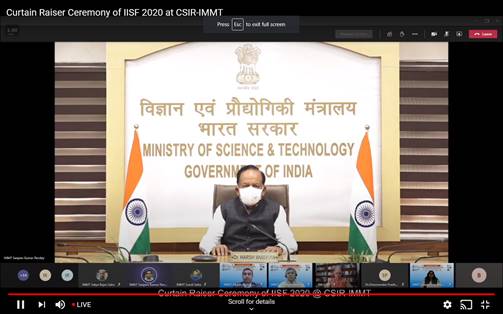
As poor air quality coupled with hazardous smog continues to perpetually choke the capital and other Indian cities, lack of urgency to respond is both frustrating and appalling. With an overwhelming policy thrust on EVs and a complete dearth of focus on immediate clean air solutions, millions of Indians are likely to continue breathing toxic air for years.
As we observe National Pollution Control Day, it is pertinent to note that by banking totally on long term solutions like the EVs, India is missing out on low hanging fruits that can help bring about an immediate difference in air quality. Clean gaseous fuels such as Auto LPG are one such under-utilised solution that can bring about immense benefits to urban air quality by controlling hazardous vehicular tailpipe emissions.
Indian Auto LPG Coalition, the apex body of Auto LPG suppliers in the country, is underlining the need for the government to incentivise vehicle conversions to Auto LPG to be able to leverage an immediate air quality benefit.
“Even though the annual stubble burning process impacts Delhi’s air quality most seriously at the onset of winters, truth is that residents of the capital breathe toxic air for most part of the year. Hazardous vehicular emissions continue to be a major source of poor air quality in urban India. Yet, the fact that policymakers do not display any urgency in addressing the above and focus only on long-term deployment of EVs is frustrating. Lack of use of immediate clean energy solutions such as Auto LPG implies that millions of people have no hope of breathing clean air any time in the near future,” said Mr. Suyash Gupta, Director General, Indian Auto LPG Coalition.
With a bulk of Delhi’s and most Indian cities’ air pollution woes emanating from the transport sector, it is important that well calibrated near and long term measures are initiated to address this problem. The capital and other polluted Indian cities need to shift a substantial part of their private vehicles to cleaner fuels like Auto LPG in the short term until EVs become widely viable. Much like the capital undertook a major transformation drive by converting its DTC buses fleet to CNG 20 years back, another similar transformation drive is needed on personal vehicles and cars.
Tailpipe emissions resulting from vehicles include oxides of nitrogen (NOx), hydrocarbons, carbon monoxide (CO), carbon dioxide (CO 2) as well as particulate matter.
“We already have readily available and clean alternative fuels that can help us achieve significant gain in air quality in a short span of time. With much lower emissions of not only carbon but also nitrogen oxides and particulate matters, Auto LPG is such a readily available alternative to petrol and diesel. What we need is a clear policy tilt towards clean alternative fuels and a plan to incentivise vehicle conversions to Auto LPG. The government must do this by subsidising conversion costs, reducing GST on Auto LPG as well as on Auto LPG/CNG conversion kits to encourage use of the eco-friendly fuel”, added Mr Gupta.
A policy thrust towards cleaner fuels will also push OEMs towards investing in more Auto LPG variants, offering greater options for consumers.
Auto LPG is the third most widely used automotive fuel used globally after petrol and diesel. It has almost 50% lesser PM emissions than CNG and Petrol and 80% lower PM emissions than Diesel. Vehicles using Auto LPG as fuel also emit much lower CO2, making Auto LPG one of the most eco-friendly fuels on the block. Also, LPG has been classified by United Nations International Panel on Climate Change (UNIPCC) for having a global warming potential of zero, implying that is not a greenhouse gas.
";

.jpg)